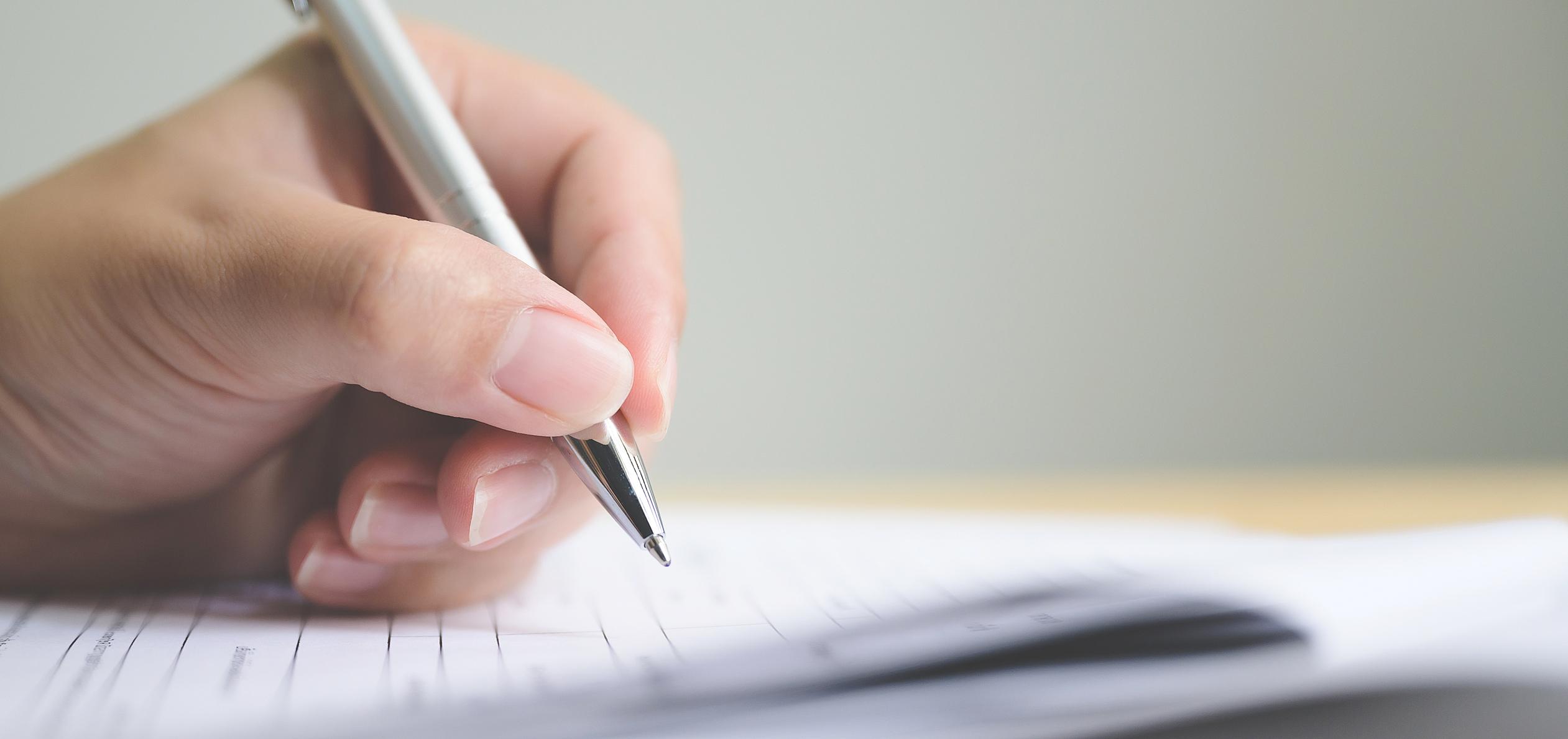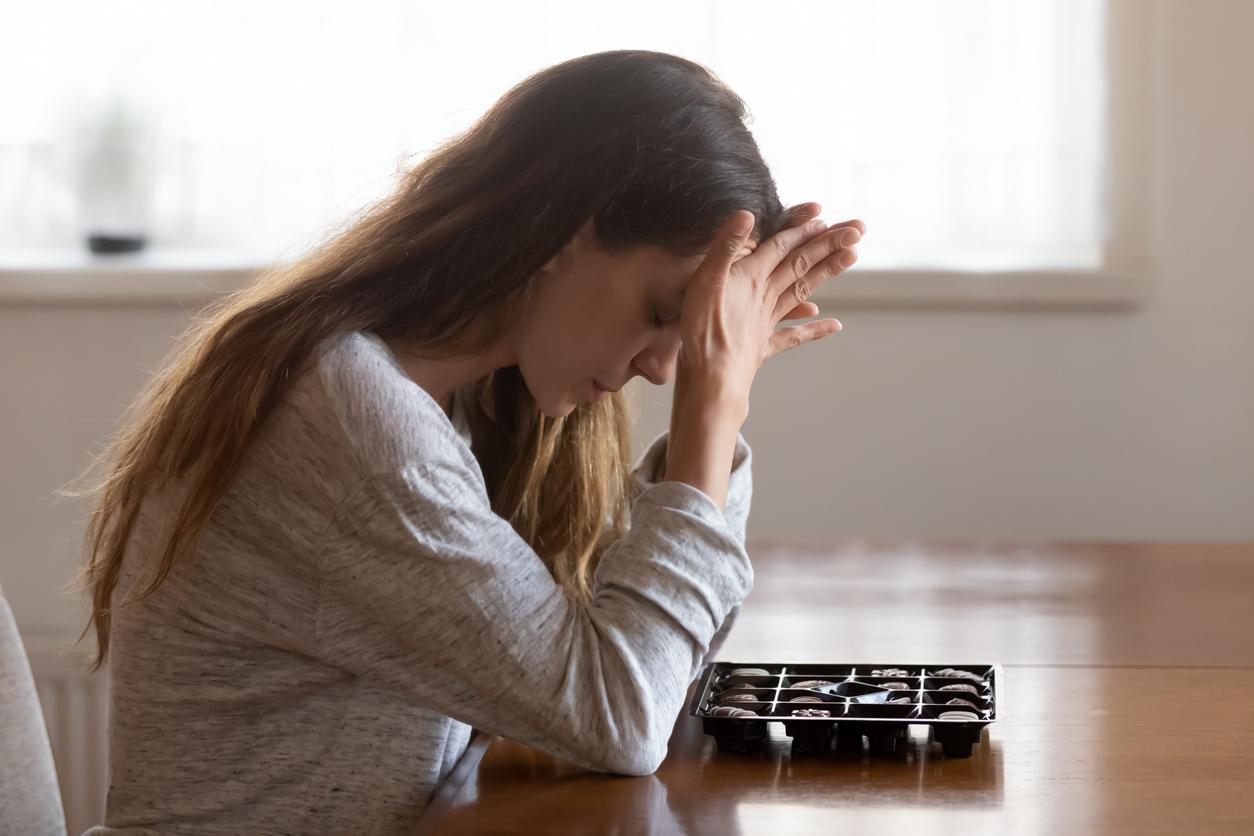Renal colic is caused by kidney stones. A few changes in dietary habits can reduce the risk of formation of these mineral salt aggregates.

- Renal colic occurs when a kidney stone blocks the urinary tract.
- They trigger severe pain, sometimes unbearable.
- To reduce the risk of stones, you must drink enough water and limit the consumption of sugary drinks.
Intense, even unbearable pain, from the back to the abdomen, with no position to relieve it. This symptom is characteristic of renal colic. “It is due to increased pressure in the urinary tract (ureters and renal pelvis) and in the kidney, specifies theHealth Insurance. This increase in pressure results from the presence of an obstacle in the urinary tract.” In the majority of cases, this obstacle is a kidney stone. Peter Sawaya, nephrologist from the University of Kentucky in the United States, provides several tips to avoid them on the faculty website.
Renal colic: what is a kidney stone?
“Nearly half of people who develop a kidney stone in their lifetime will develop at least one more in the future.”he warns. It is an aggregation of mineral salts and other organic compounds that crystallize in urine. “Calcium oxalate stones are the most common, followed by calcium phosphate and uric acid”indicates this specialist. The size of a stone can vary from that of a grain of sand to that of a golf ball. When it travels down the urinary tract, it can block the flow and cause the kidneys to swell.
How to prevent the appearance of kidney stones?
For Peter Sawaya, the best method of preventing kidney stones is hydration. “Drink plenty of water to produce at least 2.5 liters of urine per day.”he recommends. It is especially important to drink during hot periods or when you sweat a lot. “Lemonade or a liquid containing citric acid is a good supplement to water, as the citrate inhibits the formation of crystals, underlines the health professional. Dark sodas and liquids containing fructose increase your risk of stones and should be avoided.”
It is also advisable to consume foods rich in calcium, such as green leafy vegetables or dairy products. “The calcium in these foods binds to the oxalate in your intestines and reduces the amount of oxalate that eventually reaches the kidneys.”he specifies. At the same time, we must reduce the consumption of sodium, high doses of vitamin C and foods rich in oxalate, such as dark chocolate and spinach.

How to react in case of renal colic?
If a stone forms despite these precautions, a few signs can help identify it before the onset of the renal crisis. The nephrologist cites the color of the urine, which has become pink, red or brown, frequent urge to urinate or pain during urination. In case of renal colic, theHealth Insurance recommends checking body temperature to ensure the absence of fever, applying a heat source to the painful area and taking painkillers. In the presence of fever, chills, blood in the urine or in the absence of urination for 24 hours, you must call 15.

















